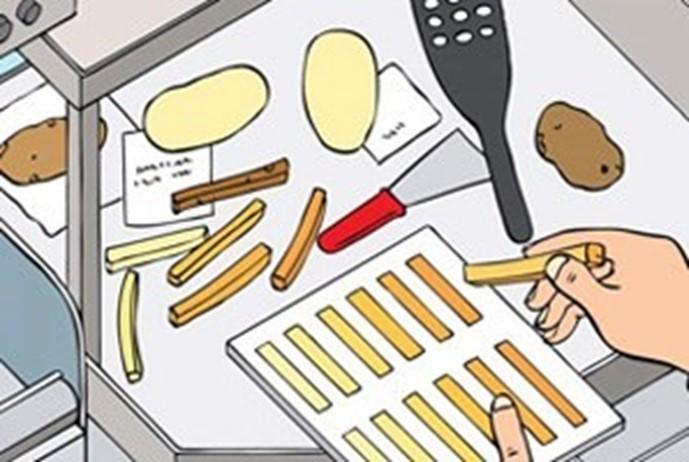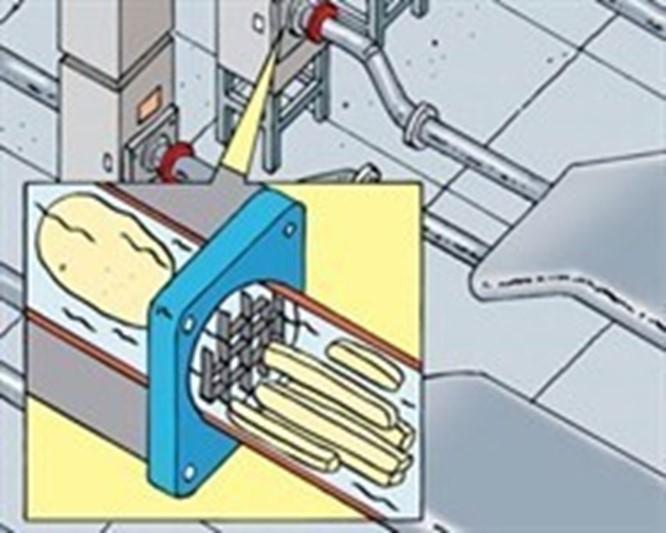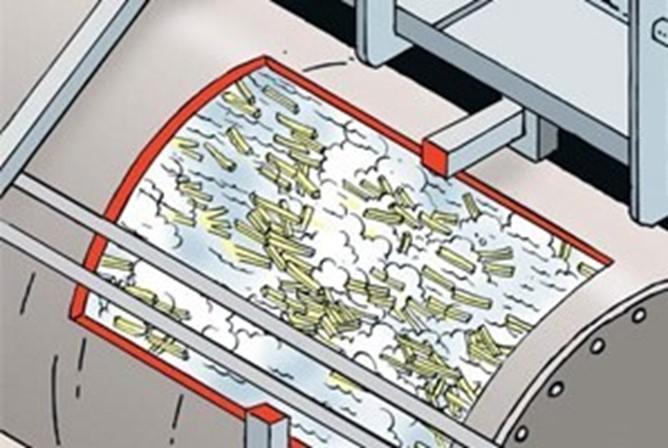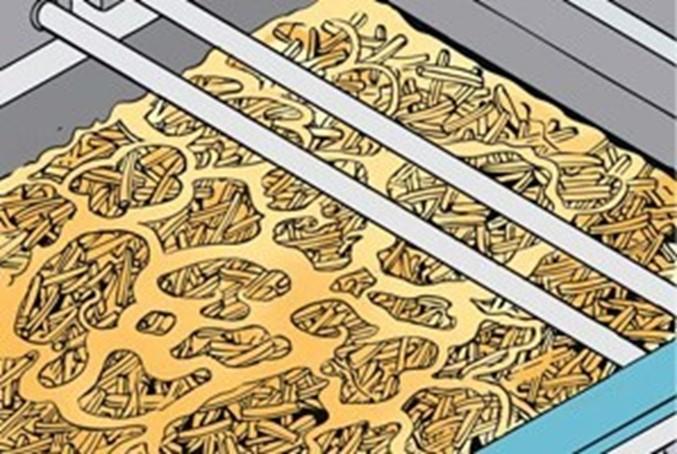
About potatoes and fries
Fries and more from Aviko
At Aviko, we make more than 700 delicious products. We are particularly known for our amazing fries, or frites or chips. Whatever you like to call them. But we also make rösti, gratins, churros and snacks. So, something for everyone! With our products, we bring joy to tables all over the world. Because our products are available in more than 110 countries.
Recipes with Aviko products
You can make lots of delicious meals with Aviko's potato products. Need inspiration? Check out aviko.co.uk for recipes using Aviko products. And there's lots more than just fries or chips! Discover what goes with sweet potatoes or how to prepare a healthy meal with rösti. Feel like something sweet? Try our churros recipes!
How to make the best fries
How do you make the best fries? There are various ways to prepare Aviko fries: in the deep fryer, in the oven or in the air fryer. It's up to you! You can also cook rösti in a frying pan. Want to try Aviko's delicious churros? Cook churros in the oven or air fryer. Read the packaging for all the information you need to successfully prepare Aviko products.
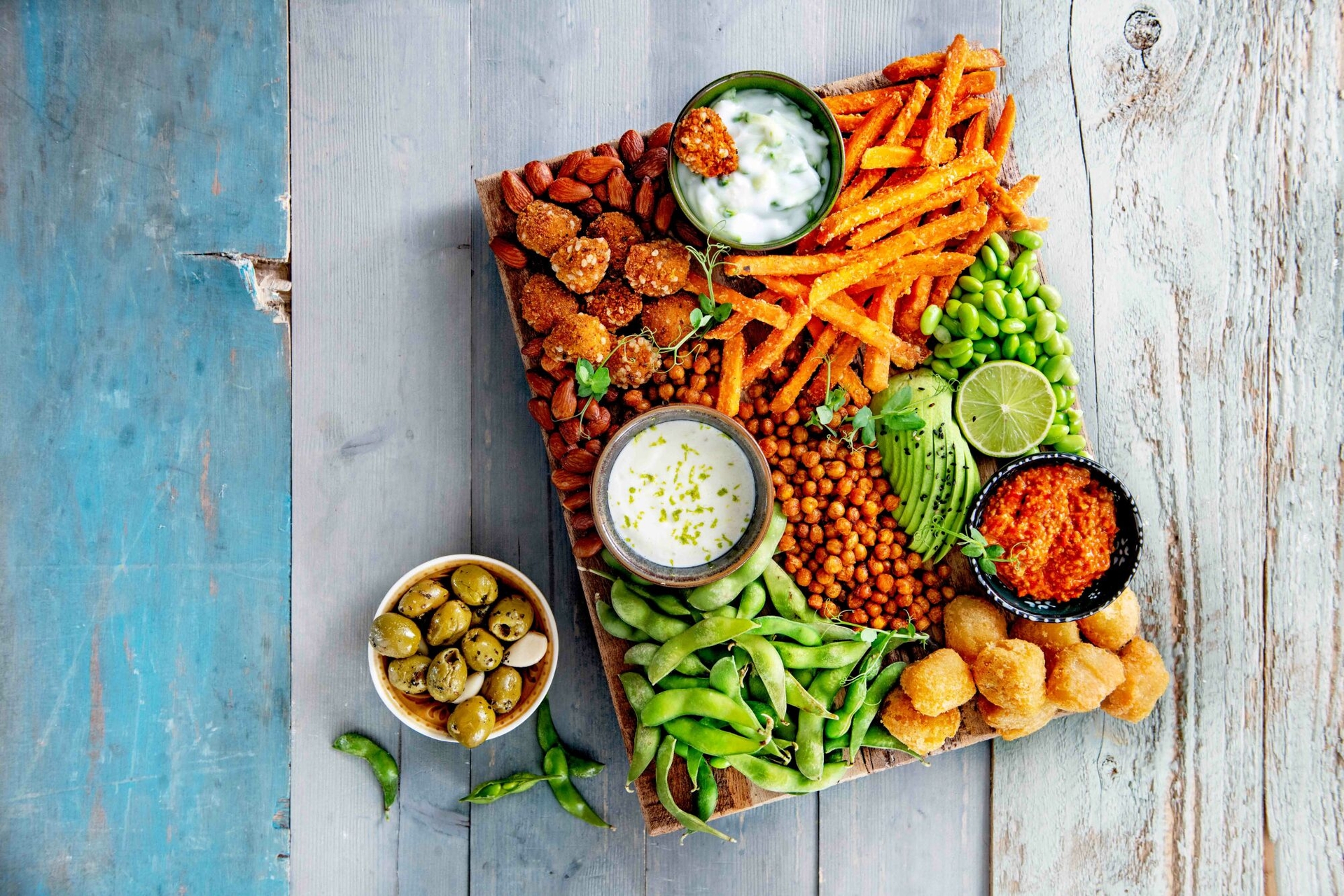
The potato
The potato is well known all over the world with the largest number of wild and cultivated varieties. All the cultivated varieties belong to the solanum tuberosum. Where does the potato come from? The potato originates from the Andes, where it was grown for thousands of years. From excavations, we know that the potato had already been found 13,000 years ago in parts of South America, including Chile, and also in Peru 8,000 years ago.
Nutritional values
Why are potatoes good for you and what nutrients do they contain? The potato is rich in nutrients. It is fat free and has half the calories of rice and pasta. It consists of 80 per cent water. For the remainder, the potato contains minerals, vitamins and fibres, and is a source of starch in the form of complex carbohydrates. The potato contains vitamin B complex, and a large amount of vitamin C, nearly the same as in most types of fruit.
Healthy and popular
Did you know that the potato skin contains most fibre? So, is certainly good to eat the potato skin too. Or choose Aviko's delicious skin on fries! Furthermore, the potato contains a high value of potassium, magnesium, phosphorus, iron and calcium. For that reason, the potato fits perfectly into a healthy lifestyle. Its versatility also makes it a very popular product all over the world.
Global food
The potato is the plant most suited to enable us to continue feeding the growing world population. This is because the potato yields more nutritional value per hectare and requires less water than grain or rice. Moreover, potatoes are easy to grow.

Did you know?
- The potato is a product for a healthy lifestyle and is included in the Wheel of Five. The potato consists of 80% water. For the remainder, it contains minerals, vitamins, fibres, vitamin B complex and lots of vitamin C.
- The potato was first used in the region which is now Peru and the northwestern part of Bolivia between 8000 and 5000 BC.
- The potato is rich in nutrients. It is fat free and has half the calories of rice and pasta.
- The potato originates from the Andes, where it had already been grown for thousands of years.
- The world's biggest potato was harvested in Colorado (US) in 1895. It weighed 49 kilos (70 cm long and 37 cm wide).
- Potato tubers turn green when exposed to light. Many people wonder whether potatoes with green spots on the skin are still edible. The green parts must be removed, because they contain a high concentration of solanine. Solanine tastes bitter and can be harmful if eaten in large quantities.
- The potato is the plant most suited to enable us to continue feeding the growing world population. This is because the potato yields more nutritional value per hectare and requires less water than grain or rice.
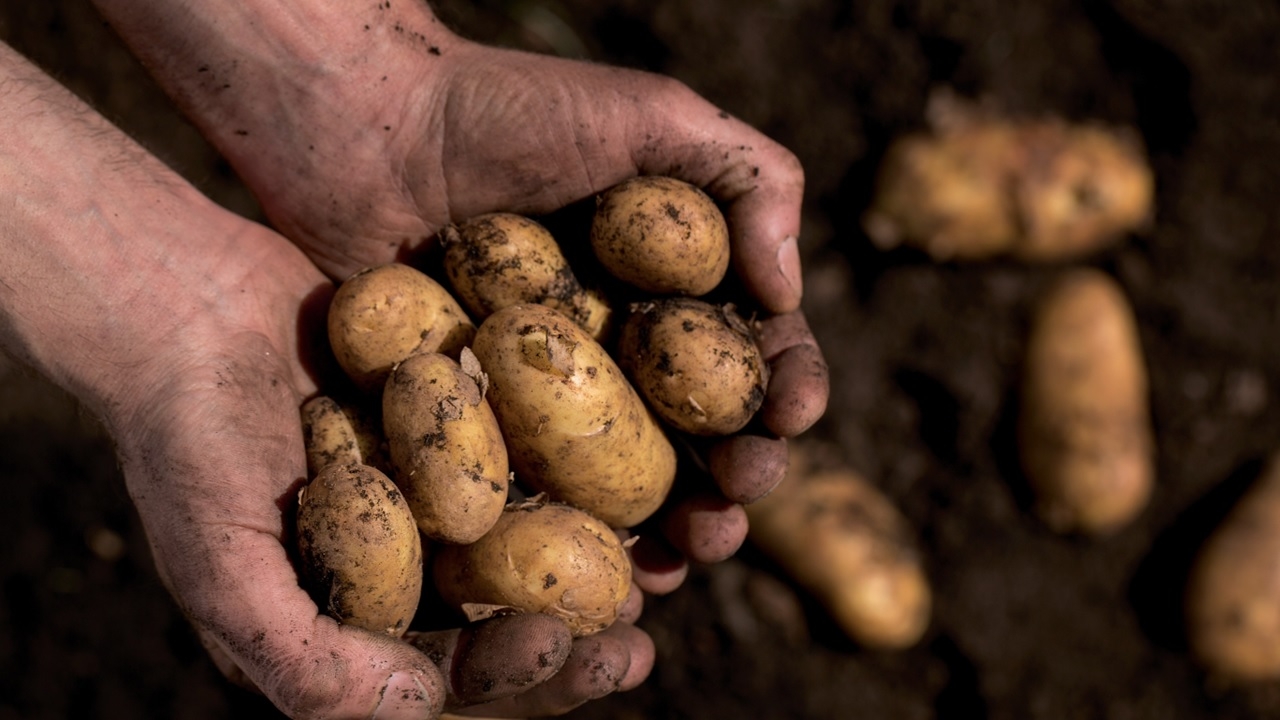
The discovery of the potato
Spanish explorers brought the potato to Europe. In South America in around 1536, they saw the Incas (an Indian people who lived in Peru) eating small round tubers that they dug out of the ground. The Spanish explorers brought these tubers, the potatoes, home to Spain.
In Europe, the potato initially caused some confusion. Many people thought that they should eat the berries from the plant or the plant itself. But they are poisonous! So, for a long time, people didn't dare eat them. It was only later that they discovered that the tubers were the edible part.
What happened next in the history of the potato? The potato quickly became popular. Being inexpensive, potatoes were only eaten by poor people in Europe. Later, rich people discovered a taste for the potato too.
The potato plant
The potato belongs to the family of nightshade plants, like tomatoes, aubergines, peppers and chillis. For growing new potatoes, seed potatoes are used. After planting, new shoots grow from the seed potato, producing new potatoes. Between March and May, the seed potatoes are planted in the ground. In June, the field is full of plants, and they start producing white or purple flowers. In the summer, after flowering, berries appear. Like the flowers, these berries are poisonous! At the end of July, the plants slowly die off. In autumn, the potatoes are harvested using a large agricultural machine which digs them out of the ground. One plant can produce twelve tubers.
Types & Varieties
In the Netherlands alone, there are over 250 different potato varieties. Of these, there are around 90 edible varieties. There are three types of potatoes:
1. Potatoes for eating
These potatoes are called ware potatoes (meaning they can be eaten or used). There are several varieties of ware potatoes, each with their own characteristics when you cook them. One potato becomes floury, another stays firm. In the Netherlands, Bintjes, Eigenheimers and Dore's are well-known varieties. There are also potatoes with a red skin.
2. Potatoes for the processing plant
A potato contains starch. If there is too much starch, the potato is less suitable to eat. These potatoes therefore go to a potato flour processing plant. Here they extract the starch from the potatoes. Many different products are made from starch: glue, ink, paint, confectionery, lipstick, cotton and paper.
3. Seed potatoes
The third type of potatoes are seed potatoes. These are not intended for eating but to grow new potatoes. Seed potatoes can grow into ware potatoes, factory potatoes or new seed potatoes.
Green potato tubers
Did you know that potato tubers turn green when exposed to light? This can happen when potatoes are left in the light too long during storage. The brighter the light, the faster the potatoes turn green. It's a good idea to remove any green parts, because these contain a substance called solanine which tastes bitter and can be harmful to health.
Sweet potatoes
Sweet potatoes originally come from South America. Nowadays, they are grown in the Netherlands too. And they are becoming increasingly popular! Many people wonder whether sweet potatoes are healthier than ordinary potatoes. No: both varieties have advantages and disadvantages. Although sweet potatoes have more healthy fibres, they also contain more carbohydrates and sugars, which give them their sweet taste. So, just choose what you enjoy most! Have you tasted Aviko's sweet potato fries yet?
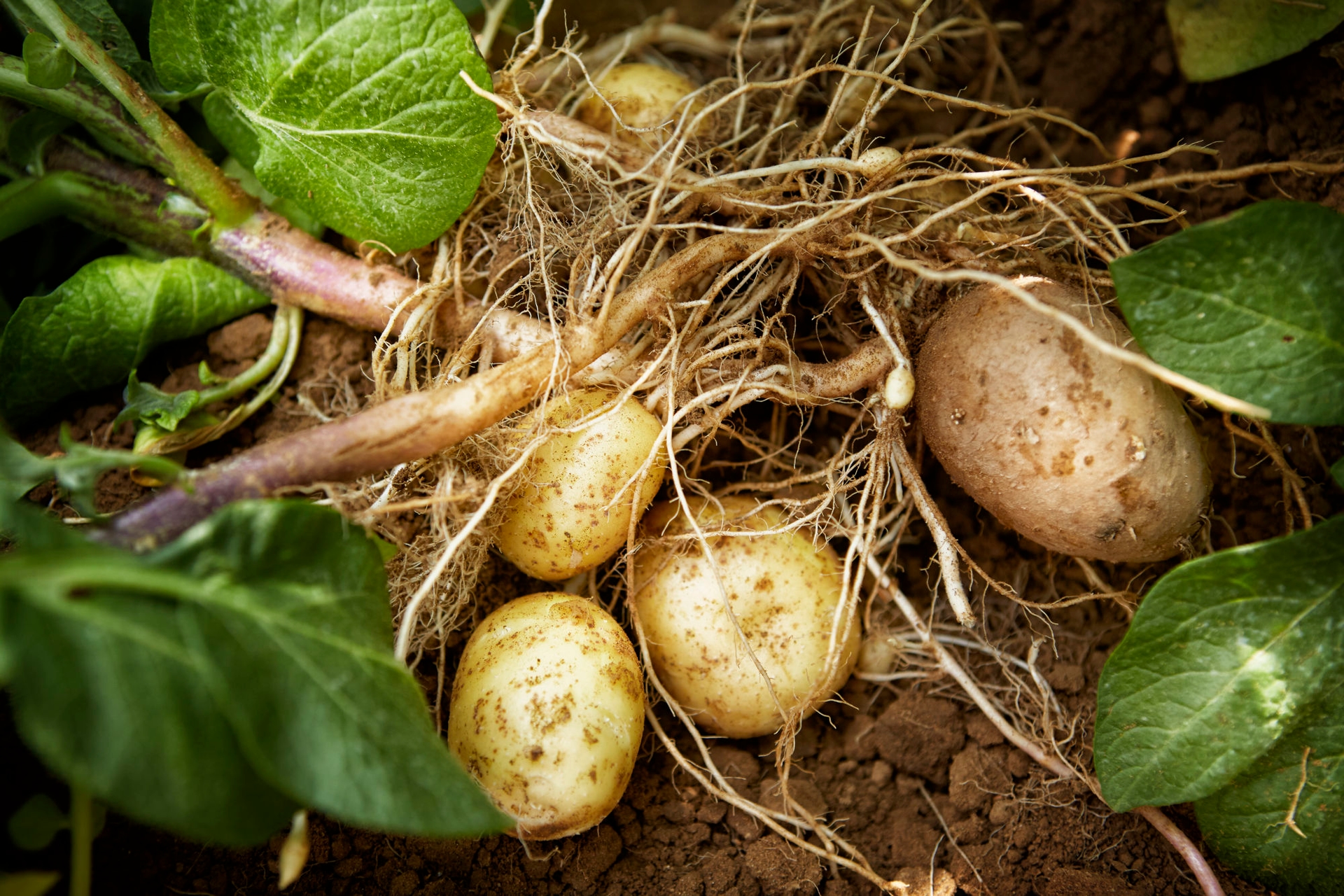
How popular is the potato?
The potato is one of the most eaten foods in Europe. That's because the potato is not expensive, it is tasty and you can make different things with it. Like boiled potatoes, fried potatoes, baked potatoes, mashed potatoes and, of course, fries and crisps.
The Netherlands: land of potatoes
We love potatoes in the Netherlands. If you were to add up the weight of all the potatoes eaten in a year by the average person in the Netherlands, it would come to 53 kilos of potatoes! Besides ordinary potatoes, in the Netherlands we also eat an average 28 kilos of potato products (like crisps, chips and potato snacks) each year. Which comes to 81 kilos per person.
The tasty tubers grow very well in our climate. In the Netherlands, we harvest many more potatoes than we can eat. Which is why many potatoes are sold to other countries.
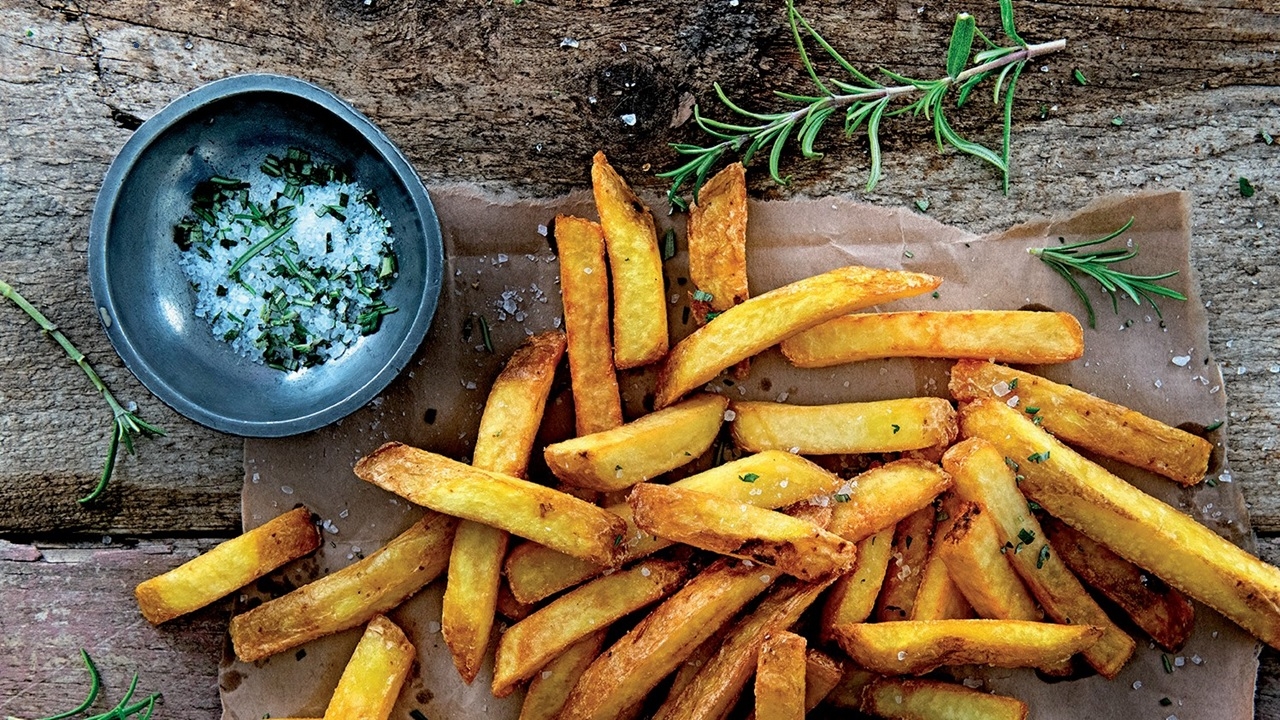
Potato facts
How the potato got its name
The Dutch word for potato is 'aardappel' or earth apple (from the French word 'pommes de terre'), which is not entirely accurate. The potato is not a fruit, but a vegetable which doesn't even resemble an apple. In Germany, the word for potato is 'Kartoffel'. This comes from the Spanish description 'tartufo blanco' (white truffle). The English brought the potato back from the Caribbean, where it was called 'batata'. Which is the origin of the English name 'potato'.
Do you say 'friet' (fries) or 'patat' (chips)?
Did you know that there is a friet-patat line crossing the Netherlands? The big rivers form the boundary. To the north of the big rivers, most people say 'patat' or chips. To the south of the big rivers, most people say 'friet' or fries. In some southern regions, they prefer 'frieten'. Whatever you call them, just enjoy them!
Potatoes are thousands of years old
Archaeological research has shown that potatoes were eaten as far back as 4500 BC. In a ravine near Lima (Peru), archaeologists found potato remains from that period.
Potatoes for decoration
In around 1570, the first potatoes arrived in Europe. The new plant was not initially used for food but for decoration. The potato plant has white and pink flowers, so people used to plant it in the garden for decoration.
Enemies of the potato
The potato has enemies: bugs and insects! One enemy is the eelworm. The eelworm feeds on the roots, causing the plant to die. Another enemy of the plant is the Colorado potato beetle. The beetle strips the potato plant, which does not survive.
Hand warmer
In olden days, in very cold weather, farmer's children would put a hot potato in each coat pocket when they went to school. This kept their hands warm. At school, they could then eat this 'hand warmer'.
Autumn holiday
Potatoes used to be harvested by hand. A mammoth task for the whole family, with the children helping too. To prevent them missing out on lessons, the autumn holiday was introduced. A holiday that children still enjoy today!
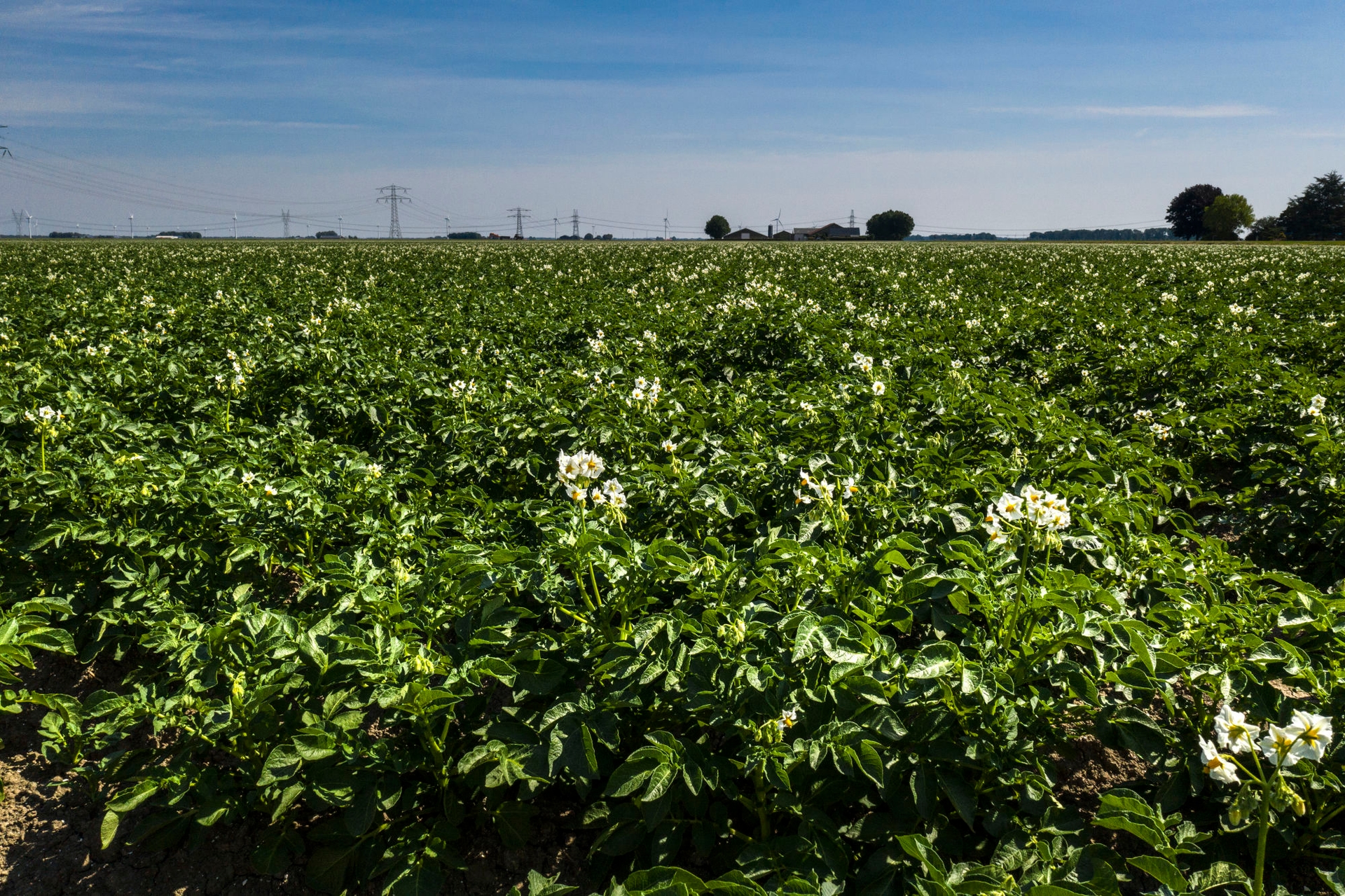

How are fries made?
The entire production process of fries takes around one hour. At Aviko, fries are made in nine steps. Each step is briefly explained below.
1. Inspection on arrival
When the potatoes arrive at the production site, we start by taking a sample. This is to check whether the potatoes meet Aviko's requirements for potatoes. For example, potatoes for fries must not be too small. After sampling, they are inspected. We then check for any imperfections on the inside and outside of the potatoes. Finally, we look at the frying colour. Based on these tests, we establish the frying time of the fries. This makes it possible to guarantee a nice, golden colour when frying. Before we process the potatoes, they are first washed to remove mud and stones. The clean potatoes are transported via water channels to the production room. This transport uses water to minimise damage to the potatoes.
2. Steam peeling
After washing, the skins are removed. We do this using steam in a pressure vessel. Here, the potatoes are quickly subjected to steam under pressure. After reducing the pressure, the skins loosen. This way, within a few seconds, the skin is removed from the potato. After the steam peeling process, the loosened potato skins are removed in a brushing machine. No water is used in the process of brushing and removing the skins. This method saves water and reduces water pollution. After brushing, the potatoes are washed again to remove the last remnants of skin and starch.
3. Cutting under high speed
The potatoes are sliced into the desired shape and size for fries in a hydrocutter. This involves using water to feed the potatoes at high speed (100 km/hr) through a set of blades. This method ensures that the potatoes are always cut lengthwise.
4. Sorting
After cutting, the chips are sorted on length. This involves several roller sorters or sorting machines. Any pieces which are too short or broken are discarded. Then any chips with colour imperfections are electronically traced and removed.
5. Blanching
After sorting, the chips are blanched. Blanching means that the chips are briefly boiled. This process removes any excess sugars. These sugars ensure the brown colour during frying. Too many sugars mean that the fries will become too brown. Blanching is also important for the good texture of the fries. This is the structure on the inside of the fries.
6. Pre-drying
Before frying, the chips are first dried with hot air. Drying creates a 'skin' which makes the fries crispier. The hot air in the dryer is residual heat from the oven. Using this heat saves energy.
7. Pre-frying
The oven is filled with oil (non-hydrogenated vegetable oil like sunflower oil and olive oil), and the chips are quickly pre-fried at a high temperature. Pre-frying ends when the desired final moisture level and final fat content have been achieved. When these levels are exactly right, the customer can quickly finish frying the chips at home with the best results: golden brown and crispy fries. During pre-frying, the 'skin' develops a bit more and the chips continue to cook.
8. Chilling and freezing
The pre-fried fries pass through the cooling tunnel. Here they are quickly cooled in a cold air flow. During the production of fresh, pre-fried products, the product is cooled to around 2 degrees Celsius and this is the end of the production process. After cooling, frozen fries are rapidly frozen in a blast freezer at -40 degrees Celsius. After cooling, the chips are quickly frozen in a freezing tunnel at -40 degrees Celsius.
9. Packing in boxes and bags
The final step is packing. Both the fresh and frozen fries are packed. The fresh fries (from the refrigeration) are packed in cardboard boxes weighing 10 kilograms. Frozen fries are packed in plastic bags with varying weights and then in outer boxes. Each bag and each sealed box (for the fresh fries) go through the metal detector and are weighed. The bags are then packed into boxes and finally the boxes are given a code. Now the product is ready to be transported to destinations in the Netherlands and the rest of the world.
